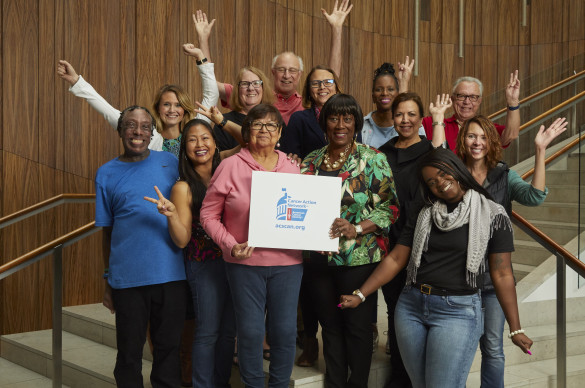For most people, testifying in front of Congress can be pretty scary. But for teenager Ian Lock, this was the easy part. Two years ago, he got injured during his high school football game.ξ It didn't seem like anything too out of the ordinary for a Friday night. Until, that is, Ian Lock went for an x-ray. Instead of hearing about a broken bone or a strained ligament, the doctor said he had osteosarcoma, a rare form of bone cancer. Earlier this week, Ian shared his story at a briefing at the U.S. Capitol.ξ His message was very clear a new treatment developed through research funded by the National Institutes of Health (NIH) saved his leg, and possibly his life. As you can imagine, cancer research means a lot to me and many other cancer patients who have gone through what I've gone through, Ian said at the briefing. Ian described how he has been both the recipient of treatments that were the result of cancer research, and how he is now participating in multiple research studies. He also talked about his plans to go to college next year and one day become a cancer researcher. But, he said, the breakthroughs made possible by cancer research not only saved his life but also allowed him to live a normal one again - playing high school baseball and swimming on his school's swim team. I've been doing everything I can since my diagnosis to beat this disease once and for all, but I need the federal government to help with me, he said. We need the government to stand with us and continue funding the National Institutes of Health in their cancer research efforts. After the briefing, Ian and his mother, Kay, one of ACS CAN's lead volunteers in Wisconsin, had meetings with their Congressman, Rep. Tom Petri, and Senator Tammy Baldwin. In the meetings, Ian and his mom talked about Ian's cancer treatment the impact federally funded cancer research had on his life. Kay Lock also shared how IanÈs cancer affected their family, and how the palliative care that Ian received as a cancer patient made the experience easier for both Ian and the family. To watch Ian at the briefing, click here.
